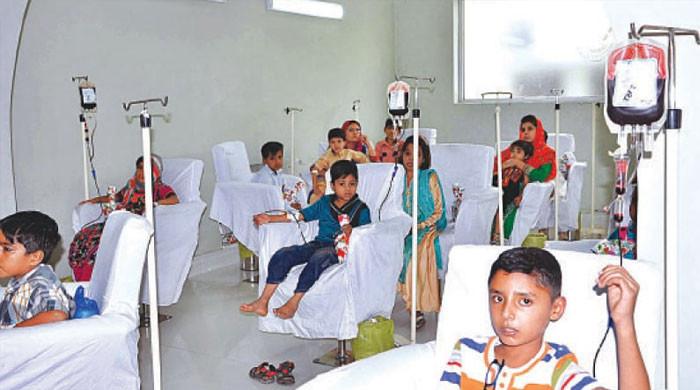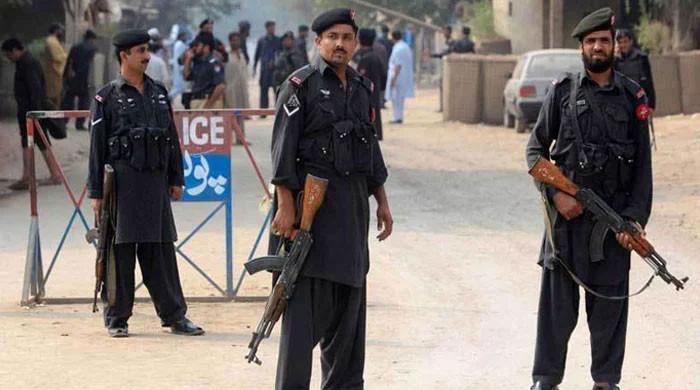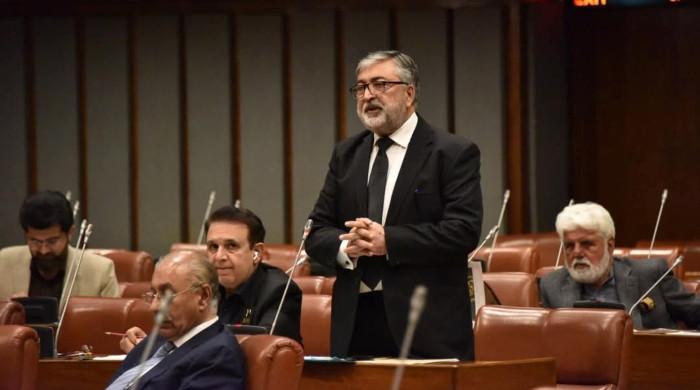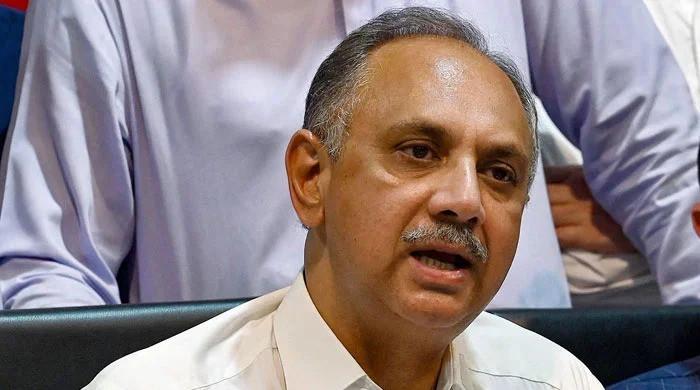Lahore AQI drops out of 'hazardous' category after air quality slightly improves
Punjab capital ranks second on global air pollution chart with AQI close to 300 mark, India's New Delhi tops rankings
November 17, 2024
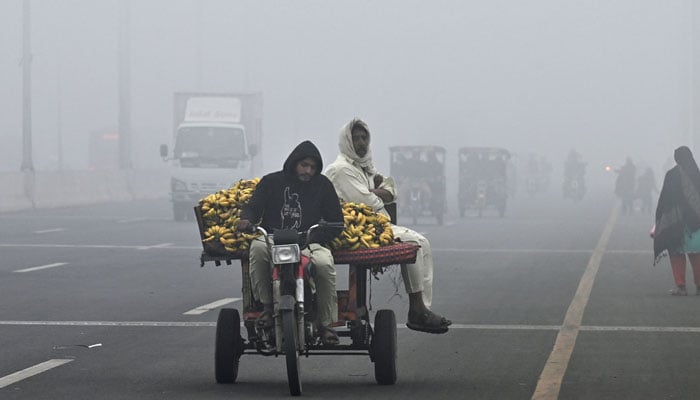
- Lahore's air quality remains "very unhealthy".
- IQAir records city's air quality index (AQI) at 295.
- Smog disrupts traffic, leads to motorways' closure.
Lahore's pollution levels on Sunday finally witnessed some improvement with its air quality index (AQI) dropping out of the "hazardous" level after registering extremely high levels toxins in the atmosphere for weeks as thick smog kept the megapolis shrouded.
With an AQI of 295, — which is termed "very unhealthy" — the provincial capital today emerged as the second most polluted city in the world with India's New Delhi topping Swiss group IQ Air's ranking with an AQI of 751.
The city, home to its 14 million residents, has been facing the brunt of the worsening smog crisis that continues to engulf the province prompting authorities to take extraordinary measures to fight off smog.
The crisis hits the most populous province of the country every winter, but air pollution has worsened in the recent years, as a result of cold air trapping dust, low-grade diesel fumes and smoke from illegal stubble burning on fields.
The authorities have blamed the intensifying pollution crisis in Punjab on neighbouring India, where the capital city New Delhi ranked as the most polluted city in the world.
As Punjab continues to battle with spiraling air pollution — with various cities recording "unprecedented" levels of toxins in the air — Lahore's AQI remained well above the 300 mark the on the IQ Air's list of most polluted cities in the world.
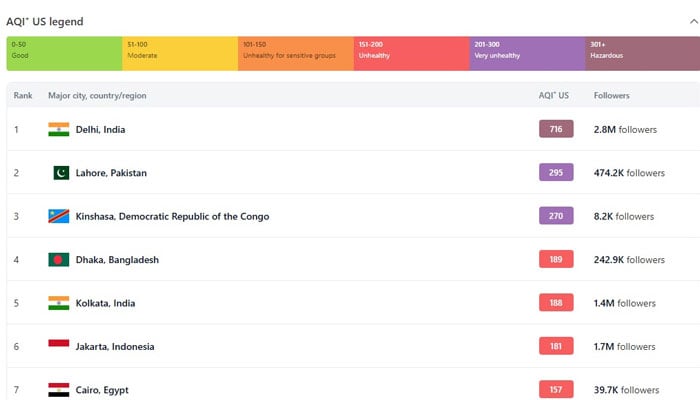
As per the Swiss air quality monitor, anything above the 300 mark on the AQI is considered "hazardous".
A day earlier, senior Punjab Minister Marriyum Aurangzeb declared a health emergency in Lahore and Multan, saying that the smog issue had escalated to being a national disaster.
Referring to the 10-year anti-smog plan initiated in March by Chief Minister Maryam Nawaz Sharif, the senior minister said that all departments had been given specific targets to combat the menace.
Her remarks came as schools across the province have closed with instructions to shift towards online classes.
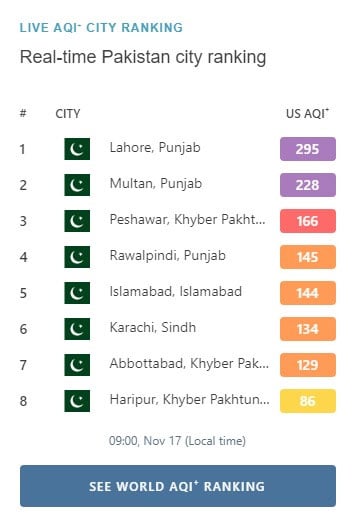
Other measures taken by the government include a 10-day ban on construction activities in the two worst smog-hit cities of Punjab, complete lockdown on the weekend (Fridays, Saturdays and Sundays), restaurants limited to takeaway services after 4 pm etc.
The city's PM2.5 pollutants level was recorded at 220 µg/m³ — 44 times higher than the World Health Organisation's (WHO) guidelines.
However, the city is not the only one facing the adverse effects of smog as other cities including Multan (228), Peshawar (166), Rawalpindi (145), Islamabad (144) and Karachi (134) also reported "unhealthy" to "moderate" AQI levels.
Traffic, visibility issues
The dense smog has had a severe effect on visibility which in turn forced the authorities to close down motorways on different points.
M-2 motorway was closed from Lahore to Kot Momin, along with M-11 motorway connecting Lahore and Multan.
According to Motorway police, other routes that were closed include M-3 (Lahore to Darkhana); M-4 (Pindi Bhattian to Multan) and M-5 (Multan to Sukkur).
However, M-2 was later opened for all traffic, said the Motorway police spokesperson.
The visibility issue even led to an accident in Kasur where a truck carrying bricks overturned resulting in one casualty.
Motorway police have advised citizens to avoid unnecessary travel during fog hours, use fog lights and avoid speeding.





